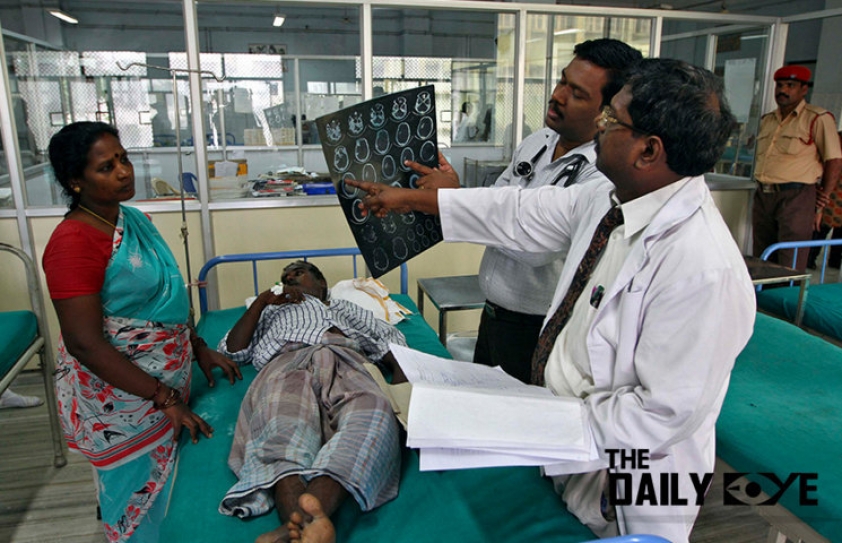
The Risk of Financial Catastrophe due to Expensive Surgeries
by Yash Saboo August 28 2018, 7:00 pm Estimated Reading Time: 2 mins, 46 secsFor many medical conditions, surgery is the best – or in many cases – the only option available to patients. While it is a life-saving option, it also has the potential to wreak financial havoc on those patients' lives. Nearly half the global population is at risk of dropping below national or international poverty lines, if not being thrown into total financial catastrophe, because of the direct medical costs of surgery, according to a recent study.
The World Bank, with The Lancet Commission on Global Surgery, has proposed eliminating the risk by 2030 using a combination of integrating and streamlining medical services and working with nations to increase access to university health coverage as ways to reduce consumer costs.

Healthline
In a 2015 report, the agency estimated 16.9 million people died in 2010 because they needed surgery but could not get it, either because of access or cost and that at least 77.2 million disability-adjusted life-years could be prevented with "basic surgical services”.
"Five billion people around the world lack access to safe, affordable and timely surgery," Dr. Mark Shrime, a researcher at Harvard Medical School and lead author of the new study, said in a press release. "Fixing this problem should be a global health priority. However, this research highlights the fact that surgery is expensive and can drive patients into financial destitution."
According to the World Bank, overall, the world’s risk of financial catastrophe due to surgery is decreasing. Although this downward trend is encouraging, it is sluggish. From 2008 to 2017, the percentage of people at risk globally for both catastrophic and impoverishing expenditure due to surgical care has trended downward. The worldwide risk of catastrophic expenditure due to surgical, anaesthesia, and obstetric (SAO) care has declined from 34% to 28%, while that for impoverishing expenditure has dropped from 27% to 24%. Global averages, however, can mask significant inequities in the distribution of risk.
There is a relatively tight—but not completely predictive—correlation between healthcare expenditure in a country and the population’s risk of financial catastrophe due to surgery.
A study shows that 3.7 billion individuals risk catastrophic expenditure if they need surgery, and 33 million actually face it yearly when accessing surgical care. This represents 22% of all cases of catastrophic health expenditure. An additional 48 million (or 81 million total) face catastrophic expenditure as a result of the nonmedical costs required to seek care. The burden of catastrophic expenditure falls primarily on individuals in low- and middle-income countries and, within any country, on the poor.
Countries must consider the potentially catastrophic impacts of both medical and non-medical costs in the design of policies. Because surgical conditions often defy planning—you can’t choose when you get into a car accident—they can serve as barometers for progress toward this goal. And, if one-third of the world’s population (and over half of the population of Africa) is at risk of being driven into poverty by the costs of surgery, then specific policies to assure financial risk protection are crucial.
Simply making surgery free at the point of care will not completely alleviate the risk of financial catastrophe to patients; coverage of non-medical costs (for example, vouchers for travel, or some form of “negative user fees”) may be necessary for full attainment of the goal of eliminating medically-driven financial catastrophe by 2030.




-173X130.jpg)
-173X130.jpg)
-173X130.jpg)
-173X130.jpg)
-173X130.jpg)
-173X130.jpg)
-173X130.jpg)
